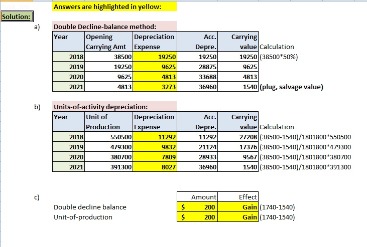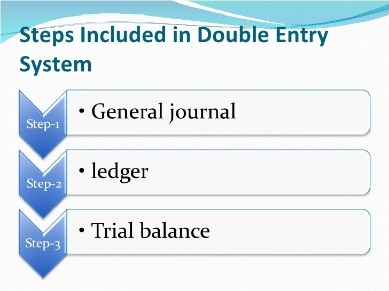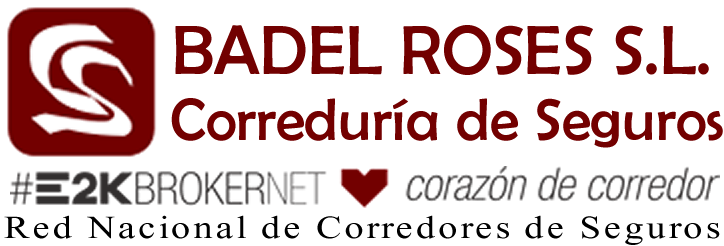
Before you start, familiarize yourself with the QuickBooks payroll software, if you haven’t already. You’ll also need a QuickBooks subscription with a payroll add-on, or a stand-alone QuickBooks payroll subscription. QuickBooks Payroll comes with some major benefits, including same- or next-day deposits, benefits management and automated tax calculations and withholdings.
Configuring payroll liabilities in QuickBooks Desktop involves setting up tax reporting parameters and managing tax payments, ensuring accurate financial records and compliance with tax regulations. Proper management of payroll liabilities streamlines tax reporting and ensures timely payments. Managing and paying payroll liabilities in QuickBooks Desktop involves accurate tax calculations and streamlined payment processing, ensuring comprehensive payroll management and compliance with tax obligations. Leveraging the software’s features streamlines the payment process and enhances financial what is a voucher entry in accounting reporting capabilities. Setting up payroll liabilities in QuickBooks Desktop involves configuring essential components for payroll setup, ensuring accurate financial records and compliance with tax regulations.

After making these individual adjustments, it’s essential to reconcile the payroll records with the amounts owed to avoid any discrepancies. In this comprehensive guide, we will explore how to adjust payroll liabilities in QuickBooks, QuickBooks Online, and QuickBooks Desktop. From identifying the need for adjustment to making necessary changes in payroll setup and reconciling liabilities, we will cover the essential steps and best practices for each scenario. Automating transactions reduces manual data entry, minimizing errors and saving time. By addressing these aspects, businesses can effectively manage payroll items and ensure smooth financial operations within QuickBooks Desktop.
How to Pay Payroll Liabilities in QuickBooks Online?
- If you’ve paid an employee within the last calendar year, you’ll need to add some year-to-date payroll information to keep your W-2 forms accurate.
- Once you’ve got the basics of your payroll system set up, it’s time to learn how to use QuickBooks specifically.
- It’s straightforward, especially after the first time you input your payroll information, and the software is intuitive to use.
It’s a liability even if an employee hasn’t taken any time off during the pay period. It’s a liability because employers are responsible for paying out PTO when an employee leaves the company or resigns. This involves carefully updating each employee’s hours, wage rates, and any other relevant information in their respective payroll profiles.
No, find grantmakers and nonprofit funders if you do not run payroll as part of your business you do not need to file Form 914. However, employers who have run payroll in the past may need to file Form 941 even if they have no wages paid. Note that no taxes are withheld on compensation paid to independent contractors.
Business
It involves navigating to the ‘Taxes’ menu, selecting ‘Payroll Tax,’ and then choosing ‘Pay Taxes.’ Once the payment date, liability period, and payment amount are entered, the transaction is recorded. Initiating payroll liabilities checks in QuickBooks Online facilitates efficient payment processing and enhances payroll management capabilities. This process involves carefully examining each employee’s pay rate, deductions, benefits, and any other relevant information to ensure that their records are updated with the correct information. Reconciling any discrepancies between the adjusted liabilities and the original records is essential to maintain accurate financial reporting.
Once identified, incorrect amounts are zeroed out through careful adjustments, which involve reconciling the adjusted figures with the company’s financial records. In the world of accounting and bookkeeping, managing payroll liabilities is a crucial employer payroll taxes aspect to ensure accurate financial records. QuickBooks, a widely-used accounting software, offers various tools and features to help businesses adjust, reconcile, and enter payroll liabilities seamlessly. Initiating payroll liabilities checks in QuickBooks Desktop facilitates efficient processing of payroll deductions and enhances tax reporting capabilities.
Conversely, QuickBooks Desktop provides a more traditional, desktop-based interface, which may limit accessibility due to dependency on a specific physical device. The difference in setup impacts how users interact with payroll features, affecting their ability to streamline payroll processes and stay compliant with tax regulations. Adhering to these processes is crucial for maintaining compliance with tax regulations, avoiding penalties, and keeping the financial records accurate and up to date. It involves setting up various deduction types such as taxes, retirement contributions, health insurance, and other withholdings, ensuring accurate and consistent payroll processing. Expense categorization is critical for aligning costs with the appropriate accounts and tracking spending. QuickBooks Desktop aids in tax compliance by generating detailed reports and ensuring that all necessary tax forms and payments are accurately accounted for and submitted on time.
Next steps for streamlining your payroll process
Assume that a restaurant owes workers $3,000 in payroll for the last five days of March and that the next payroll date is April 5. If the Installments-Payroll account has an amount remaining at year-end, confirm with your tax agency if the remaining amount will be carry-forward to the next year. If the Installments-Payroll account has a balance owing (a negative amount), you may need to remit the balance to the tax agency. Please let me know if there’s anything else I can do for you in QuickBooks Online.
In contrast, QuickBooks Desktop offers a more traditional interface, which may require additional time to familiarize oneself with. If it’s overpaid, check out Resolve a payroll tax overpayment to learn how to handle them. It’s straightforward, especially after the first time you input your payroll information, and the software is intuitive to use. Especially if your accounting department already uses QuickBooks for other purposes, it’s a seamless way to automate otherwise complex processes. If you’re already a QuickBooks user for other accounting processes, using a payroll add-on is by far the easiest way to start doing payroll. You won’t have to get to know a new dashboard, and you’ll have a lot of information pre-populated.

